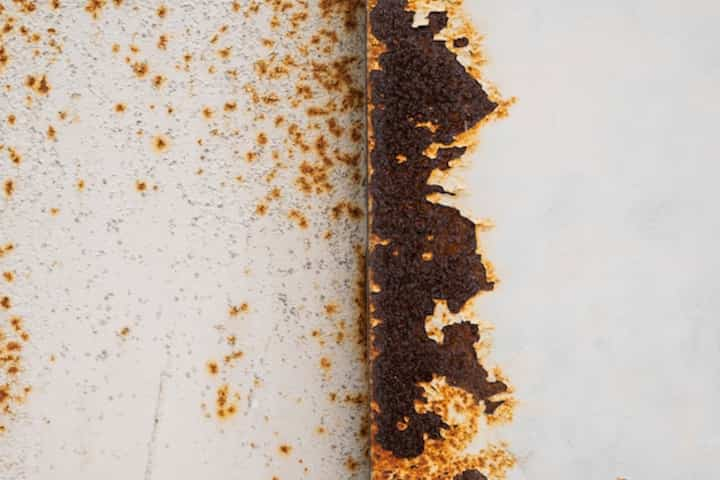
Enhance Your Homes Air Quality with Professional Indoor Air Testing
Indoor air quality is a crucial aspect of home environment that often goes unnoticed until it starts affecting health and comfort. Poor air quality can lead to a host of issues, including respiratory problems, allergies, and even long-term health conditions. To ensure a safe and healthy living space, professional indoor air testing is an essential step. This process helps to identify pollutants and allergens, allowing homeowners to take corrective actions to improve the air they breathe.
Understanding Indoor Air Quality
Common Pollutants Found Indoors
- Volatile Organic Compounds (VOCs): These are emitted by household products such as paints, cleaning supplies, and building materials.
- Carbon Monoxide: A colorless, odorless gas produced by burning fuel in cars, stoves, lanterns, grills, fireplaces, and furnaces.
- Biological Contaminants: Mold, pollen, and pet dander are common biological pollutants that can trigger allergies and asthma.
- Particulate Matter: Dust, dirt, soot, and smoke are some examples that can be inhaled and cause respiratory issues.
The Impact of Poor Indoor Air Quality
Exposure to indoor air pollutants can lead to a wide range of health effects, from minor irritations to severe illnesses, such as:
- Respiratory diseases like asthma and chronic bronchitis.
- Heart and cardiovascular diseases.
- Eye, nose, and throat irritation.
- Headaches, dizziness, and fatigue.
Read more about this topic by visiting the detailed guide on common indoor air pollutants.
The Role of Professional Indoor Air Testing
Why Opt for Professional Testing?
While there are DIY air quality test kits available, they may not provide the comprehensive analysis required to detect all potential pollutants. Professional indoor air testing offers:
- Accurate measurement of various pollutants.
- Identification of hidden sources of pollution.
- Recommendations for improving air quality.
- Peace of mind knowing the air in your home is safe.
Explore further insights here to understand the benefits of professional testing.
What to Expect During a Professional Air Quality Test
A typical indoor air quality test involves:
- Initial assessment of the home environment.
- Collection of air samples from various rooms.
- Analysis of samples in a laboratory setting.
- A detailed report with findings and recommendations.
Find additional information here about the testing process and what it entails.
Improving Indoor Air Quality
Steps to Take Post-Testing
Once the air quality test results are in, homeowners can take several steps to improve their indoor environment, such as:
- Increasing ventilation by opening windows and using exhaust fans.
- Using air purifiers with HEPA filters to reduce airborne particles.
- Regularly cleaning and maintaining HVAC systems.
- Eliminating sources of pollution identified during testing.
Learn more in this detailed guide on improving indoor air quality.
Regular Monitoring and Maintenance
Maintaining good indoor air quality is an ongoing process. Regular monitoring and maintenance can help keep pollutants at bay. Consider:
- Scheduling periodic professional air quality tests.
- Regularly replacing air filters in HVAC systems.
- Keeping humidity levels in check to prevent mold growth.
For more tips on maintaining air quality, find additional information here.